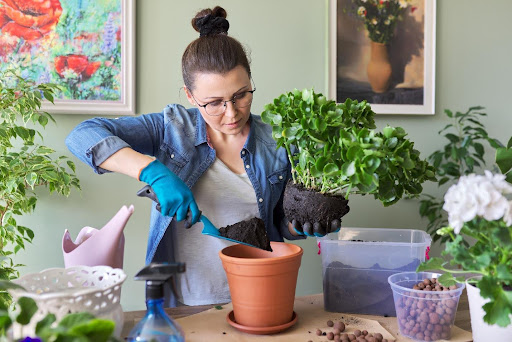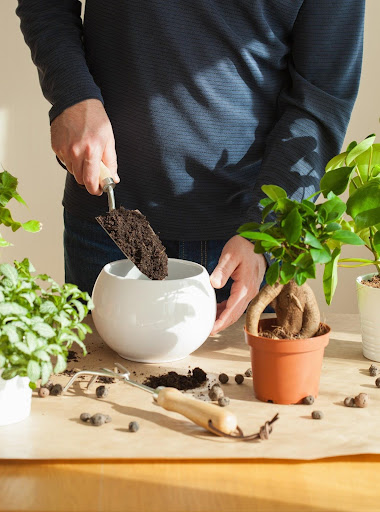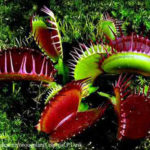
Should I Repot My Houseplant?
Just because your houseplant has been living in the same pot for what feels like ages doesn’t necessarily mean it needs to be repotted. Many indoor plants can thrive for a long time in the same container. However, there are signs to look out for that indicate it might be time to give your plant a new home.
Signs Your Houseplant Needs Repotting
If one or more of the following conditions are present, it’s time to consider repotting your houseplant:
1. Incorrect Plant-to-Pot Ratio
The ideal ratio for a potted plant is 2/3 plant to 1/3 pot. If your plant takes up more space—say, 3/4 plant to 1/4 pot—it likely has outgrown its container and may be top-heavy.

2. Roots Growing Out of Drainage Holes
Unless you’re growing exceptions like orchids or split-leaf philodendrons, visible roots at the bottom are a sign your plant needs more space and should be repotted.
3. Frequent Watering Required
If you’re watering more often than usual and other factors (like temperature) haven’t changed, your plant likely needs a bigger pot with more soil to retain moisture.
4. Water Rushes Through the Drainage Holes
When water runs straight through the pot, it’s a sign there’s not enough soil to support the plant’s roots, indicating it’s time for a repot.

5. Salt or Mineral Build-Up on the Pot
White rings or stains on the container mean minerals and salts have built up in the soil. This can lead to toxic salt syndrome, damaging the roots and potentially causing root rot and plant death. A soil and pot refresh is recommended.
6. Poor Growth and Development
If you’re fertilizing regularly but your plant shows weak growth or distorted leaves, it may not have enough soil to store the nutrients it needs. This is another signal that it’s time to repot.
Choosing the Right Soil
When repotting, always use high-quality potting soil. Healthy soil supports healthy roots, which are the foundation of a thriving houseplant.
When Not to Repot
If your plant doesn’t meet any of the above conditions, it’s best to wait and reassess in six months using these same guidelines.
The correct ratio for a potted indoor plant and its container is 2/3 plant to 1/3 pot. If your plant/pot ratio is more like 3/4 plant to 1/4 pot, it’s time to repot. Plants that have outgrown their pots appear oversized and will be top-heavy.





